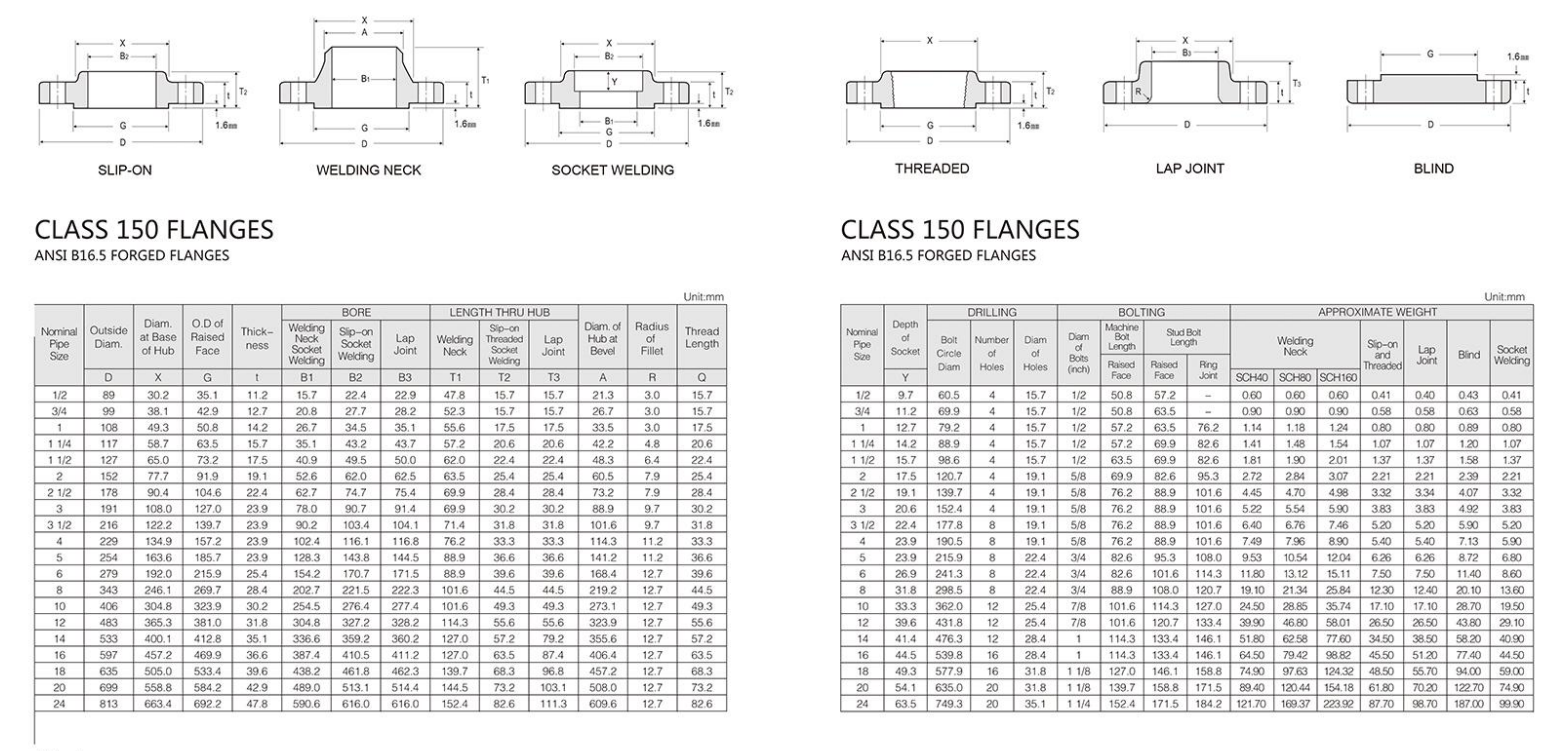-
Cangzhou Yulong Steel Co., Ltd.
-
Phone:
+86 13303177267 -
Email:
admin@ylsteelfittings.com
- English
- Arabic
- Italian
- Spanish
- Portuguese
- German
- kazakh
- Persian
- Greek
- French
- Russian
- Polish
- Thai
- Indonesian
- Vietnamese
- Zulu
- Korean
- Uzbek
- Hindi
- Serbian
- Malay
- Ukrainian
- Gujarati
- Haitian Creole
- hausa
- hawaiian
- Hebrew
- Miao
- Hungarian
- Icelandic
- igbo
- irish
- Japanese
- Javanese
- Kannada
- Khmer
- Rwandese
- Afrikaans
- Albanian
- Amharic
- Armenian
- Azerbaijani
- Basque
- Belarusian
- Bengali
- Bosnian
- Bulgarian
- Catalan
- Cebuano
- China
- China (Taiwan)
- Corsican
- Croatian
- Czech
- Danish
- Esperanto
- Estonian
- Finnish
- Frisian
- Galician
- Georgian
- Kurdish
- Kyrgyz
- Lao
- Latin
- Latvian
- Lithuanian
- Luxembourgish
- Macedonian
- Malgashi
- Malayalam
- Maltese
- Maori
- Marathi
- Mongolian
- Myanmar
- Nepali
- Norwegian
- Norwegian
- Occitan
- Pashto
- Dutch
- Punjabi
- Romanian
- Samoan
- Scottish Gaelic
- Sesotho
- Shona
- Sindhi
- Sinhala
- Slovak
- Slovenian
- Somali
- Sundanese
- Swahili
- Swedish
- Tagalog
- Tajik
- Tamil
- Tatar
- Telugu
- Turkish
- Turkmen
- Urdu
- Uighur
- Welsh
- Bantu
- Yiddish
- Yoruba

Nov . 01, 2024 06:04 Back to list
Understanding Butt Weld Tube Fittings for Efficient Plumbing and Piping Solutions
Understanding Butt Weld Tube Fittings A Comprehensive Guide
Butt weld tube fittings are essential components in various piping systems, commonly used in industrial applications. These fittings create permanent joints by welding the pipe ends together, ensuring a strong, leak-proof connection. This article explores the advantages, applications, and installation of butt weld tube fittings, providing a comprehensive overview for engineers and professionals in the field.
Advantages of Butt Weld Tube Fittings
One of the primary benefits of butt weld fittings is their structural integrity. The welding process allows for a continuous flow of fluid with minimal resistance, making them ideal for high-pressure applications. Additionally, since the connections are welded, there are no potential leak points that can occur in threaded or flanged connections. This makes butt welds particularly suitable in industries where maintaining pressure and preventing leaks is critical, such as in oil and gas, chemical manufacturing, and water treatment.
Another advantage of butt weld fittings is their durability and longevity. The absence of mechanical joints means that there are fewer components susceptible to wear and tear over time. When properly executed, welded connections can withstand high temperatures and corrosive environments, significantly reducing the need for maintenance or replacement.
Applications of Butt Weld Tube Fittings
Butt weld tube fittings are widely used across various industries. In the oil and gas sector, they are often employed in pipelines that transport crude oil, natural gas, and refined products. Their ability to handle high pressures and temperatures makes them essential in these environments.
butt weld tube fittings

In the food and beverage industry, butt weld fittings are crucial for sanitary applications. The smooth, welded joints facilitate easy cleaning and minimize the risk of contamination, meeting strict regulatory standards. Furthermore, in the pharmaceutical industry, where hygiene is paramount, these fittings ensure that processes remain sterile.
Additionally, butt weld fittings are used in HVAC (Heating, Ventilation, and Air Conditioning) systems, where maintaining optimal airflow is essential. Their strength and reliability allow them to perform effectively in various temperatures and pressures.
Installation of Butt Weld Tube Fittings
The installation of butt weld tube fittings requires precision and skill. The process involves cutting the pipe to the desired length, aligning the ends, and applying the appropriate welding technique, typically either TIG (Tungsten Inert Gas) or MIG (Metal Inert Gas) welding. Proper preparation is critical to achieve strong welds; this includes cleaning the edges of the pipe to remove contaminants that might affect the joint quality.
Once the fitting is welded into place, it’s necessary to conduct inspection procedures, such as visual checks or non-destructive testing, to ensure the integrity of the welds. This step is vital to prevent potential failures during operation.
Conclusion
Butt weld tube fittings are indispensable in modern piping systems, offering a combination of durability, strength, and efficiency. Their applications span numerous industries, proving their versatility and reliability. Understanding their benefits, appropriate uses, and installation procedures is essential for professionals responsible for designing and maintaining robust pipeline systems. As industries continue to evolve, the importance of high-quality fittings like butt welds will undoubtedly persist, ensuring safe and efficient operations worldwide.
Latest news
-
ANSI 150P SS304 SO FLANGE
NewsFeb.14,2025
-
ASTM A333GR6 STEEL PIPE
NewsJan.20,2025
-
ANSI B16.5 WELDING NECK FLANGE
NewsJan.15,2026
-
ANSI B16.5 SLIP-ON FLANGE
NewsApr.19,2024
-
SABS 1123 FLANGE
NewsJan.15,2025
-
DIN86044 PLATE FLANGE
NewsApr.19,2024
-
DIN2527 BLIND FLANGE
NewsApr.12,2024
-
JIS B2311 Butt-Welding Fittings LR/SR 45°/90° /180°Seamless/Weld
NewsApr.23,2024











